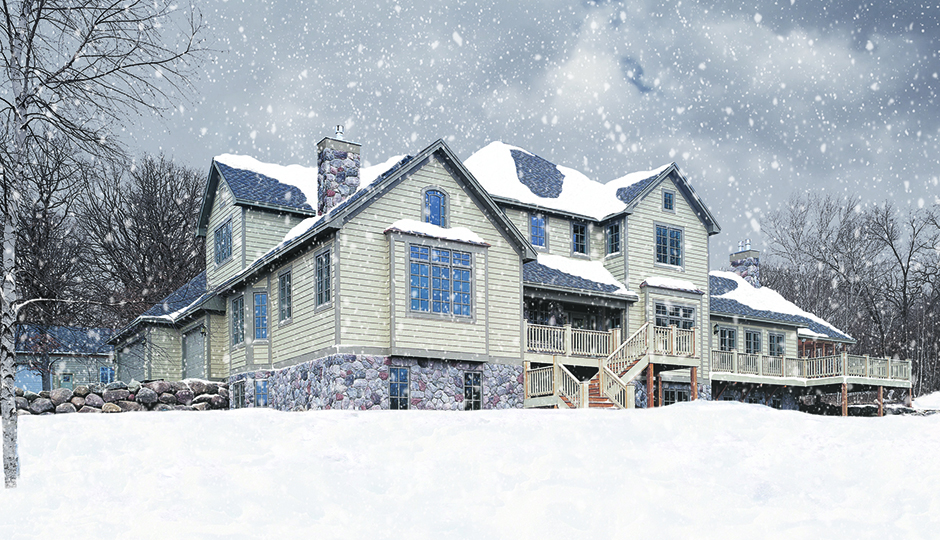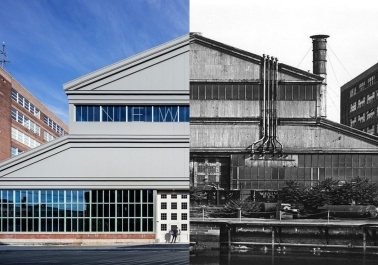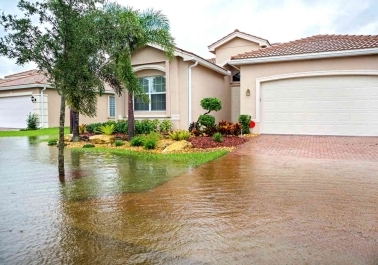
As the winter season sets in, it brings with it freezing temperatures that can pose various challenges for homeowners. Protecting your home from the bitter cold is essential to prevent damage, maintain comfort, and reduce energy costs. In this article, we will explore effective strategies to safeguard your home from freezing temperatures, ensuring a warm and secure environment throughout the winter months.
- Insulate Your Home: Proper insulation is key to keeping your home warm and preventing heat loss. Insulate walls, attics, and crawl spaces to minimize drafts and retain heat. Seal any gaps or cracks around windows, doors, and electrical outlets. Consider adding insulation to exposed pipes to prevent freezing and potential bursts.
- Protect Pipes from Freezing: Frozen pipes can lead to significant water damage. Insulate exposed pipes with pipe sleeves or heating tape to prevent freezing. Keep cabinet doors open to allow warm air to circulate around pipes located near exterior walls. During severe cold spells, allow a small trickle of water to flow from faucets connected to vulnerable pipes to prevent freezing.
- Service Your Heating System: Ensure that your heating system is in good working condition before the cold weather arrives. Schedule a professional inspection and maintenance of your furnace or heat pump. Replace filters regularly to improve efficiency and ensure proper airflow. Consider installing a programmable thermostat to regulate temperatures and reduce energy consumption.
- Seal Air Leaks: Air leaks can lead to drafts, heat loss, and increased energy bills. Seal gaps around windows and doors using weatherstripping or caulking. Apply door sweeps to the bottom of exterior doors to block cold air from entering. Insulate electrical outlets and switch plates to prevent drafts. Don't forget to insulate the attic hatch or access door to prevent heat escape.
- Protect Outdoor Faucets and Sprinkler Systems: Disconnect and drain outdoor hoses, and store them indoors for the winter. Shut off the water supply to outdoor faucets and drain any remaining water to prevent freezing and potential pipe damage. Consider insulating outdoor faucets with faucet covers or wrapping them with towels and plastic bags.
- Clear Gutters and Downspouts: Clogged gutters and downspouts can lead to ice dams, which can cause water to back up and potentially damage your roof and walls. Clear debris from gutters to ensure proper water flow and install gutter guards to prevent future clogs. Make sure downspouts direct water away from the foundation.
- Prepare for Power Outages: Winter storms can cause power outages. Be prepared by having essential supplies on hand, including flashlights, batteries, a battery-powered radio, non-perishable food, water, blankets, and a backup heating source such as a generator or portable heater (used safely and according to manufacturer instructions).
- Shovel and De-Ice Walkways: Keep walkways, driveways, and stairs clear of snow and ice to prevent slips and falls. Use a snow shovel or snowblower to remove snow promptly. Apply a de-icing agent, such as rock salt or calcium chloride, to prevent ice formation and provide traction.
- Maintain Proper Ventilation: Maintaining proper ventilation is crucial for indoor air quality and moisture control. Use exhaust fans in kitchens and bathrooms to remove excess moisture and prevent condensation. Ensure that vents, such as those for dryers and furnaces, are clear of snow and debris to prevent blockages and ventilation issues.
Protecting your home from freezing temperatures requires proactive measures and careful attention to key areas of vulnerability. By insulating your home, protecting pipes, servicing your heating system, sealing air leaks, clearing gutters, preparing for power outages, shoveling and de-icing walkways, and maintaining proper ventilation, you can fortify your home against winter weather woes. Remember, taking the necessary steps to protect your home not only ensures comfort but also prevents costly damage that can arise from freezing temperatures.
Related Posts
Stump Grinder Services in Vancouver, WA: Why Hire a Professional?
Tree removal often leaves behind unsightly stumps that can disrupt the beauty an...
Read More
Modern Church Chairs vs. Traditional Church Pew: Which is Better?
When it comes to furnishing a worship space, the choice between modern church ch...
Read More
Restoring Historic Homes: Preserving the Past After Natural Disasters
Historic homes hold a significant place in our collective heritage, telling stor...
Read More
The Role of Insurance in Weather Damage Restoration: What You Need to Know
Weather-related damages can be devastating, causing significant financial burden...
Read More




